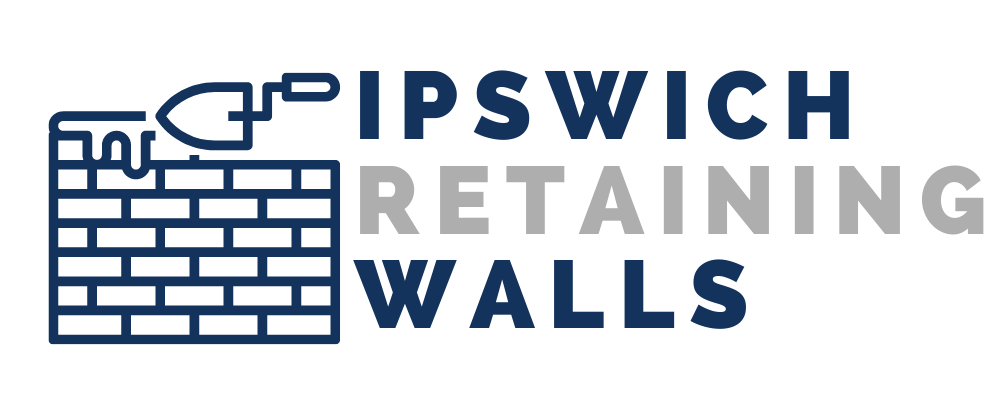Are you starting to build your retaining wall soon? Are you still undecided on which material to use? We understand! Choosing a material for your retaining wall is not that easy. Designing a retaining wall should be left to the professionals. A lot of planning and considerations are needed to build a retaining wall that will last for years.
You have to consider certain factors that will affect your retaining wall.
- Weather condition
- Foundation and soil characteristics
- Moisture in your area
- Drainage system
Here are the most common materials that are used for retaining walls. For your convenience, we will discuss the pros and cons of each material.
5 Common Materials Used For Retaining Walls
Concrete Blocks
Concrete blocks are artificially produced. Concrete walls are designed to remain strong even when pressure is applied.
Pros
- Durable – Concrete can last for 100 years
- Design Options – you can choose from different sizes and shapes, it can also be used to create curves
- Easy to Maintain – does not require intensive cleaning
- Environment Friendly – they are non-toxic and do not emit dangerous chemicals
Cons
- Height – concrete blocks can only be used for retaining walls that are not above four feet
- Hard to Repair or Replace – it will be troublesome to dismount the concrete wall
Bricks
Brick is one of the traditional building materials.
Pros
- Low Maintenance – the colour does not fade easily
- Weather and Fire Resistant – bricks can combat extreme weather conditions and they are not combustible
Cons
- Cost – bricks are one of the expensive outdoor materials
- Heavy – bricks are heavy materials
- Limitations of Colours – compared to other materials, brick does not offer a variety of colours
Wood
Wood enhances your curb’s appeal. It is easy to install and affordable. The downside is wood can get easily damaged by water.
Pros
- Natural Look – they can blend easily into any landscape design
- Cost – wooden walls are cost-effective
- Easy to Install – they are easy to install and ideal for a DIY project
- Lightweight – easy to dismantle and move around
Cons
- Longevity – wood has the shortest lifespan on our list
- Wood rots – if exposed to water, wood can rot easily
- Strength – wood is not recommended for more complex projects
- Termites – if not properly maintained, pests can damage the wood
Natural Stone
Natural stones are strong and durable. You can also have a lot of design options to choose from.
Pros
- Eye-catching – stones are naturally appealing
- Flexible – stones can fit any situation – no need for mortar
- Durable – natural stone is one of the oldest and most reliable building material
Cons
- Price – stones are considered as one of the most expensive materials
- Drainage – natural stone doesn’t have a good drainage
- Weight – stones are heavy, therefore it is a labour-intensive process
Timber
Timber looks like wood but they are not the same. Timber wood has been processed and cut in different sizes.
Pros
- Affordable
- Appealing
- Easy to Install
Cons
- Wood Rots – water exposure can lead to rotting
- Termites – just like wood, timber can get termites too

